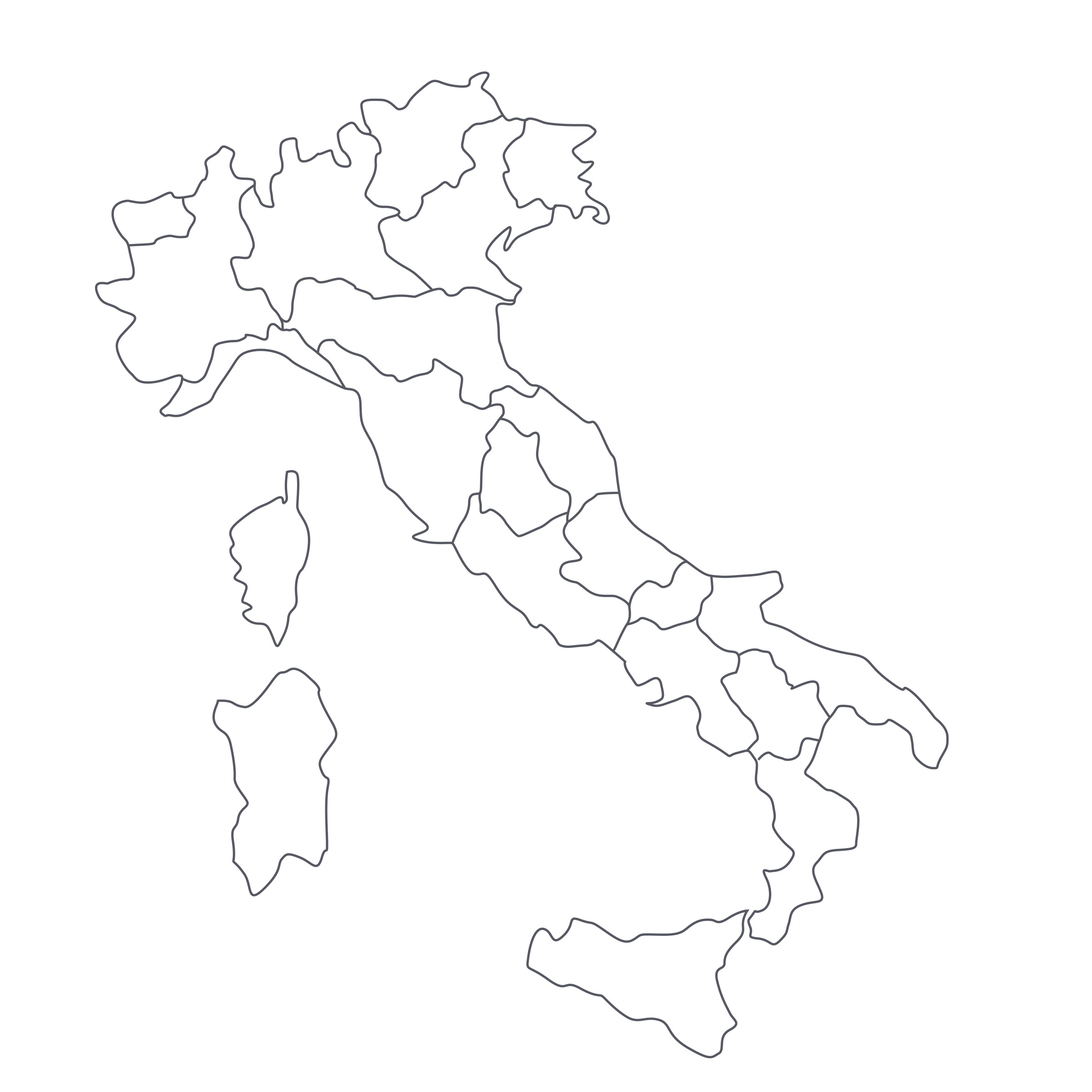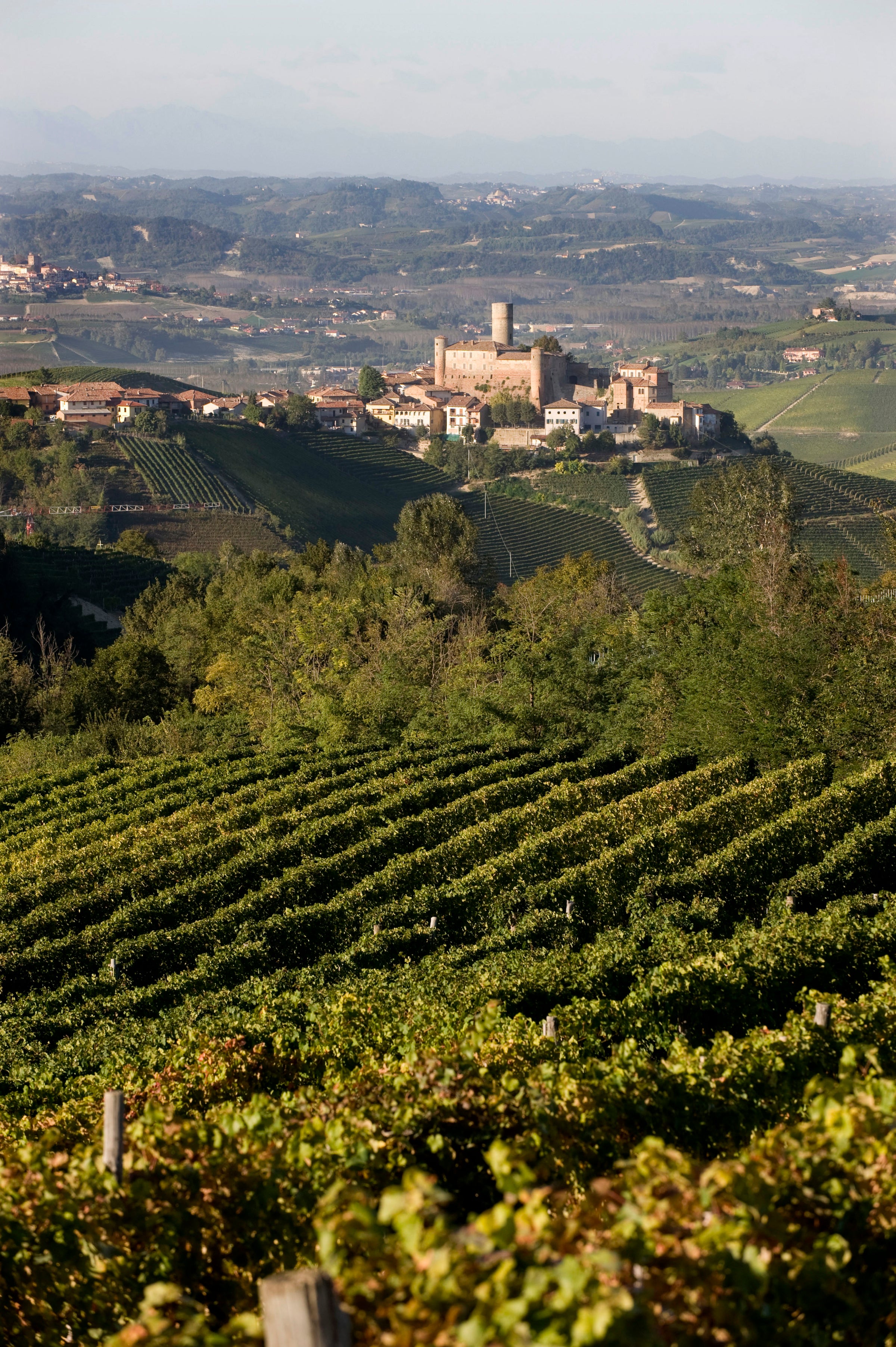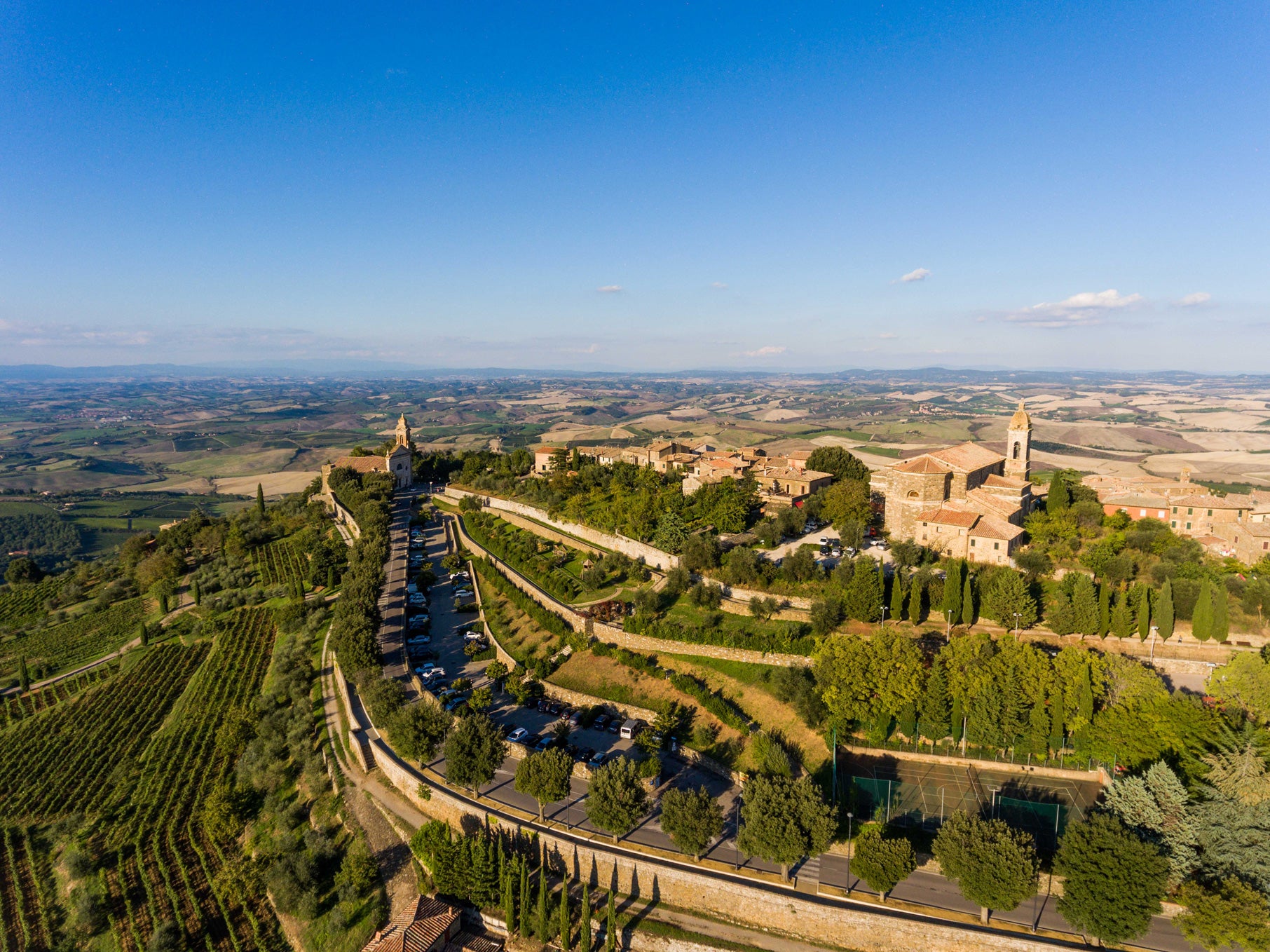Tuscany’s “Big Three” Sangiovese appellations are by now well-known to most: There’s Brunello di Montalcino, which most people place at the top of the pyramid; Chianti Classico, still (wrongly) saddled with a down-market image; and Vino Nobile di Montepulciano, once the most historic and enigmatic of the three.
Because ‘Montepulciano’ is the name of both a town in Tuscany and a grape variety in the southern region of Abruzzo, there’s plenty of opportunity for consumer confusion, but even those well-acquainted with Vino Nobile’s Sangiovese-driven Tuscan-ness can have a difficult time categorizing Vino Nobile di Montepulciano. It’s too simplistic to say that Montepulciano is the ‘middle ground,’ literally and stylistically, between Chianti and Brunello di Montalcino, and yet this Vino Nobile ‘Riserva’ from Il Macchione shares characteristics with both: it’s got the high-toned, woodsy aromatics of the best Chianti Classicos, along with the deep, powerful, almost austere structure of classic Brunello di Montalcino. It makes a very convincing case for this somewhat overlooked terroir: it is real “noble wine,” one that should age beautifully for decades.
Of this “Big Three,” Vino Nobile di Montepulciano is the smallest in terms of acres of land under vine (about 1,300 hectares, which is marginally less than Montalcino and one-fifth the size of Chianti Classico). Situated southeast of Siena near Arezzo, the Montepulciano hills are a little broader and more open than the steep-pitched slopes of Chianti or Montalcino, and the Montepulciano soils are a little more sandy/sedimentary than the others. Montalcino, the driest, warmest and most southerly of the three, usually harvests first, while cooler, wetter Chianti is usually last. So maybe there is something to this ‘middle ground’ characterization: Montepulciano reds don’t typically have the lean, mineral edge of Chianti Classico nor quite as much heft and extract as the typical Brunello.
As important as these terroir distinctions are, perhaps the more relevant discussion in this instance is of the Sangiovese grape. Technically speaking, both Vino Nobile and Chianti Classico are blends that are based on minimums of 70%-80% Sangiovese (although 100% is allowed), while Brunello is required by law to be 100% Sangiovese. In practice, all three regions (legally or not) became highly “internationalized” in the ‘80s and ‘90s, incorporating Cabernet, Merlot, Syrah, etc. into their wines and, in many cases, stomping all over the relatively delicate, perfumed Sangiovese in the process. Il Macchione is one of a growing number of producers to go in the opposite direction and double down on Sangiovese. The story in Tuscany these days isn’t the Chianti Classico or Vino Nobile dressed up with 15% Cabernet to give it an inkier color and softer edge (or the Brunello di Montalcino given similar treatment in secret); it’s about bringing pure expressions of Sangiovese to the fore.
Brothers Simone and Leonardo Abram, natives of Trentino, purchased Il Macchione in 2007, and have continued the work of the previous proprietor Robert Kengelbacher, who’d been quietly turning out some of Montepulciano’s best wines since the 1980s. The Abram brothers have not only transitioned the entire farm to biodynamic viticulture but ripped up anything that wasn’t Sangiovese and replaced it in kind. At altitudes of about 350 meters in Montepulciano’s fossil-rich, sandstone-strewn Caggiole Valley, the Abrams are fanatical in their vineyard management, capturing not just Sangiovese’s perfume but its power. They make just two wines – a Vino Nobile normale, aged about 30 months’ total in a mix of cooperage (much longer than the law prescribes), and this Riserva, which ages in wood a good 40 months before bottling.
That wood aging lends considerable backbone to this 2009 without compromising the aromatic complexity that is at the heart of the best Sangiovese. Dark black cherry fruit leaps from the glass, as intense as the brandy-soaked amarena cherries made in nearby Perugia, followed by hints of fig, leather, cigar wrapper and forest floor. It is decidedly autumnal, as woodsy and smoky as a fire crackling in the hearth, its wooly tannins warding off the chill outside. In keeping with true Sangiovese, it is neither ‘inky’ in color nor in fruit extract. It’s much more regal and upright than that, requiring either an aggressive decanting followed by a good hour of aeration or some extended time in your cellar. It does have some bottle age and will reward enjoying now, but it’ll become clear as you do how much life this powerful red has left. As we approach the winter months, I can see so many amazing food combinations for this wine: hearty braises and roasts chief among them, or some well-aged steaks. It just doesn’t get any more resolutely Tuscan than this wine; it’s a genuine wine of place.




